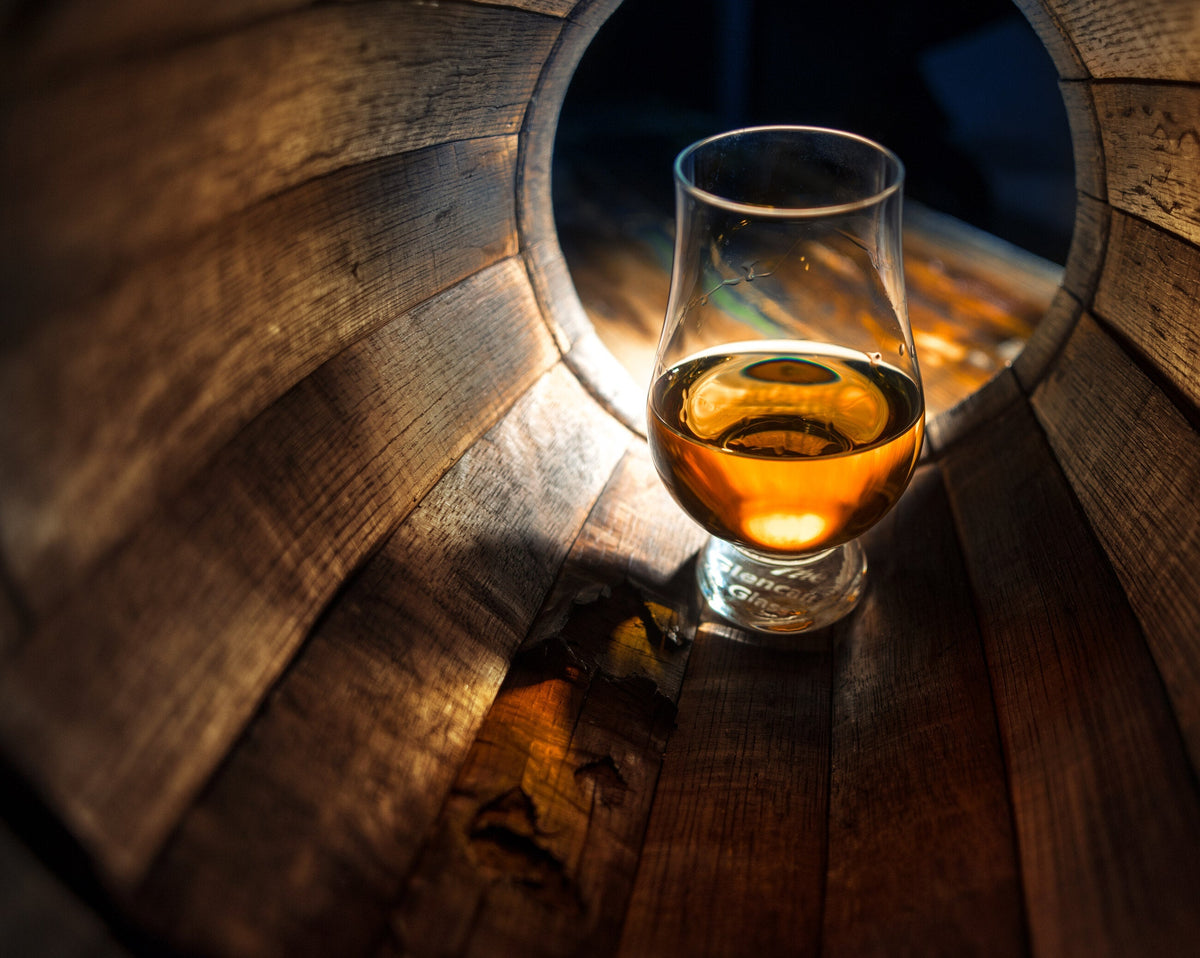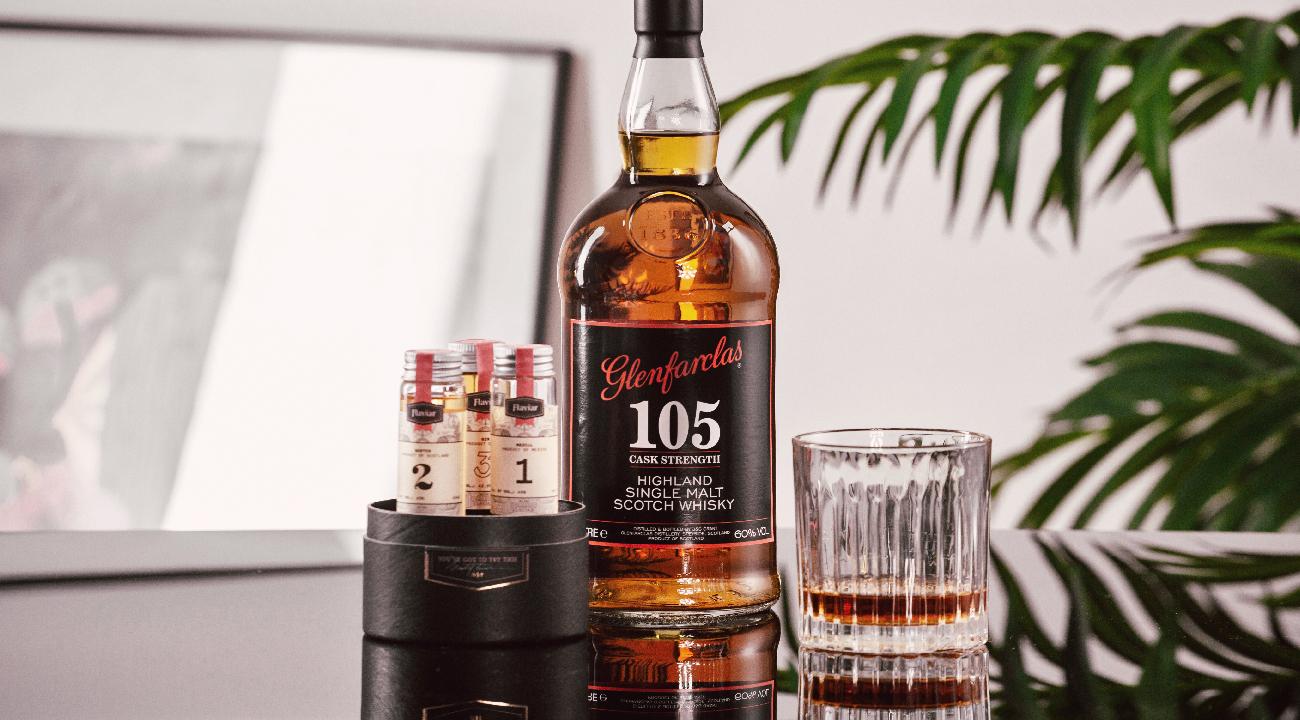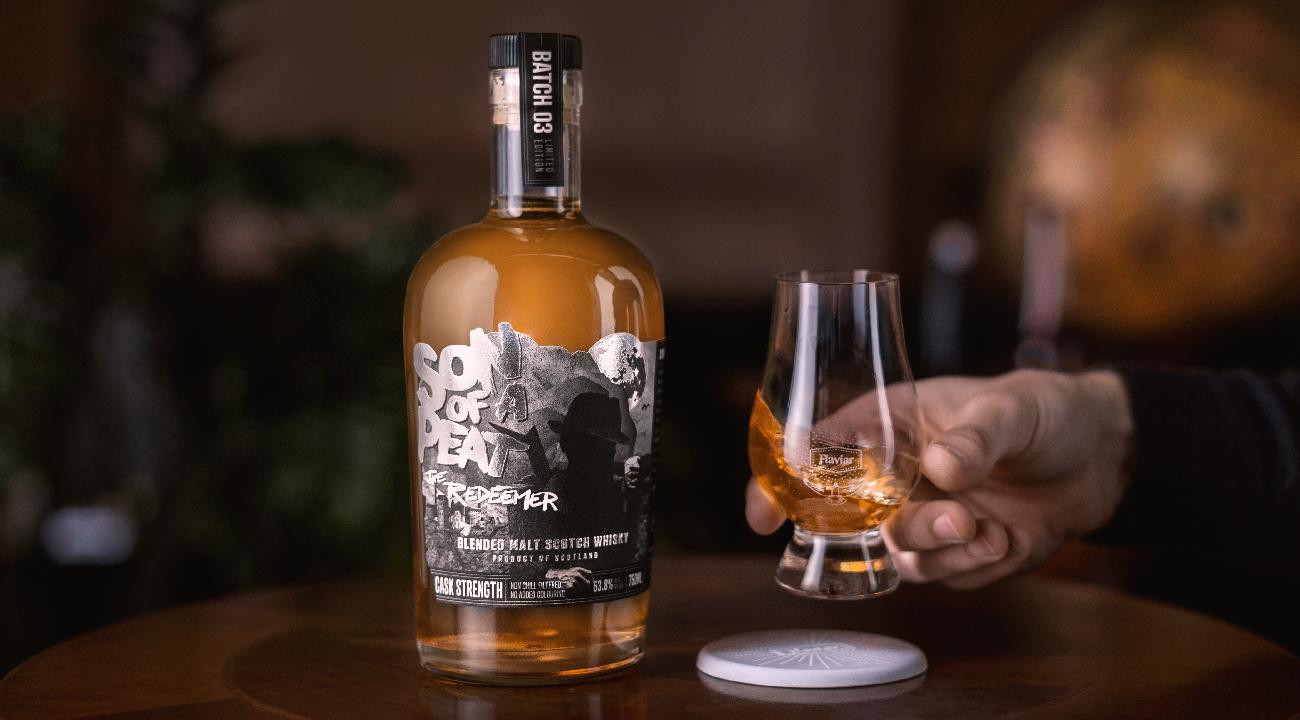
What Is Cask Strength Whisky?
|
|
Time to read 2 min
|
|
Time to read 2 min
Cask strength Whisky doesn’t just do what it says on the tin, it is the tin, and everything in it.
Whisky is usually diluted with water before it’s bottled, following distillation and maturation in casks. Cask strength, scandalously, hits the bottle straight from the barrels.
Cask strength Whisky is also non-chill filtered, a process that usually removes chemical compounds following maturation. That's why cask strength Whisky can go a bit cloudy, which is perfectly natural, and why some people love it – it’s not missing anything.
Cask Strenght means high alcohol. Whisky is typically diluted with water to about 40% ABV. However, cask strength stuff isn’t messed with, so it can remain anywhere between 50-75% ABV. As a rule of thumb, expect a cask strength dram to be around 60-65% ABV.
Barrel strength and overproof are two more expressions to denote the liquid’s strength. Historically, alcohol was ‘proofed’ by mixing it with gunpowder. If the alcohol content were over 50%, the gunpowder would ignite and seamen would happily accept their overproof Rum. ABV is usually half the overproof figure; thus100 proof is 50% ABV.
In general, Whisky is diluted to cut costs, both for the producer (mostly for tax) and the consumer. Therefore, cask strength Spirits tend to hail from premium ranges, as the producer can fill fewer bottles per cask, and the consumer is purchasing more Whisky, in its purest form, per bottle.
Cask strength Whisky offers an experience akin to sipping straight from the barrel with a straw. Consequently, it is championed by hardy purists, who crave a natural and powerful Spirit.
Cask marries malt, and this stuff is your front-row ticket to their honeymoon.
Cask strength Whisky also allows the drinker an opportunity to playact as the blender. Do with the untouched dram what you will. Some people choose to add their preferred water level, while others take it straight to their tongue.
There are more ways to drink Whisky, but many people argue that adding water is futile and fails to enhance the palate. Other tasters maintain a drop of water can release the Whisky’s expressions and give it an even more distinctive nose.
At the end of the day, it’s a case of personal preference, and the most common use of water is to make a strong Spirit more drinkable. However, a good compromise is to drop one small ice cube.
There are varying personal opinions on this practice. To let the Spirit’s natural characteristics shine, we suggest first trying it neat and then slowly adding water, tasting the Whisky after each addition.
Adding a few drops of room-temperature water to your Whisky will release the flavors, bring out the complexities in the Spirit, and soften the alcohol punch a little bit. Just be careful not to over-dilute.
For the ultimate tasting experience, you’ll also need the right drinking vessel. Generally, a simple glass with a wide brim ideal for nosing is a safe bet for drinking Cask Strength Whisky with water. There is some preference towards tulip-shaped glasses that concentrate Whisky aroma towards your nose and work nicely for swirling.
Cask strength whiskies are particularly popular among the peat-loving Scotch distilleries but are also available from Whisky makers all over the world.
Cask strength Whiskies are available from the brands like The Macallan, Bowmore, Glengoyne, Amrut, Angel’s Envy, Maker’s Mark, Willowbank, Nikka, Laphroaig, and others.
However, Redbreast 12 is a rare Irish cask strength Whiskey, and you can also get cask strength Gin, Rum, Cognac, and Bourbon.
Did you have a chance to taste a Whisky bottled straight from the barrel? What's your verdict?






